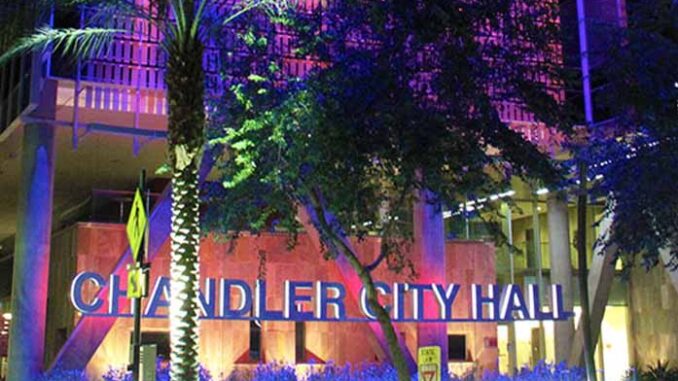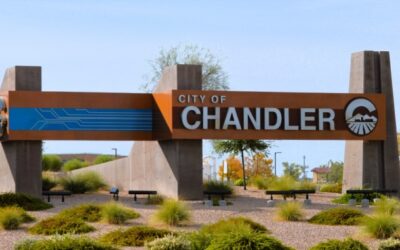By the Arizona Free Enterprise Club |
What’s most likely to get your local officials fired up to fight for you? Lower utility rates? Wrong. Removing sexually explicit material from our libraries? Nope. How about just filling potholes in our roads? You’d think so. But what really gets the local officials in Chandler going is making sure they can sit on city council or as mayor longer.
Proposition 410, a local ballot measure, seeks to amend the city charter’s term limit section to extend the term for how long councilmembers and the mayor can serve. The measure is particularly problematic because it directly benefits a sitting councilmember, Matt Orlando, allowing him to run for mayor in 2026 without interruption after finishing his second consecutive council term. This proposition is not about reigning in political power; it’s about conveniently clearing the path for one councilmember to extend his political career. If it doesn’t pass in November, Orlando will face issues being elected mayor after his stint on the council, and clearly, he can’t have that.
The current city charter provision essentially says that one person can serve no more than two consecutive terms as councilmember, mayor, or a combination of both, and must wait four years before running again for either office. Therefore, someone can only serve two consecutive terms total.
However, some argue this language is ambiguous, allowing for another interpretation, one that allows a person to serve up to sixteen consecutive years: eight as a councilmember and eight as mayor. This interpretation has been the practice in Chandler for the past three mayors. Kevin Hartke, Boyd Dunn, and Jay Tibshraeny each served eight years as councilmembers and eight years as mayor – sixteen consecutive years.
The proposed language change on the ballot effectively attempts to legitimize the last three mayors by expanding the term limits in the city’s charter. It now states that a person can serve up to two consecutive terms as councilmember and two consecutive terms as mayor, sixteen years total. After reaching either limit, or a combined sixteen consecutive years in both offices, they must wait four years before running again for either position.
Why the rush for a change?








